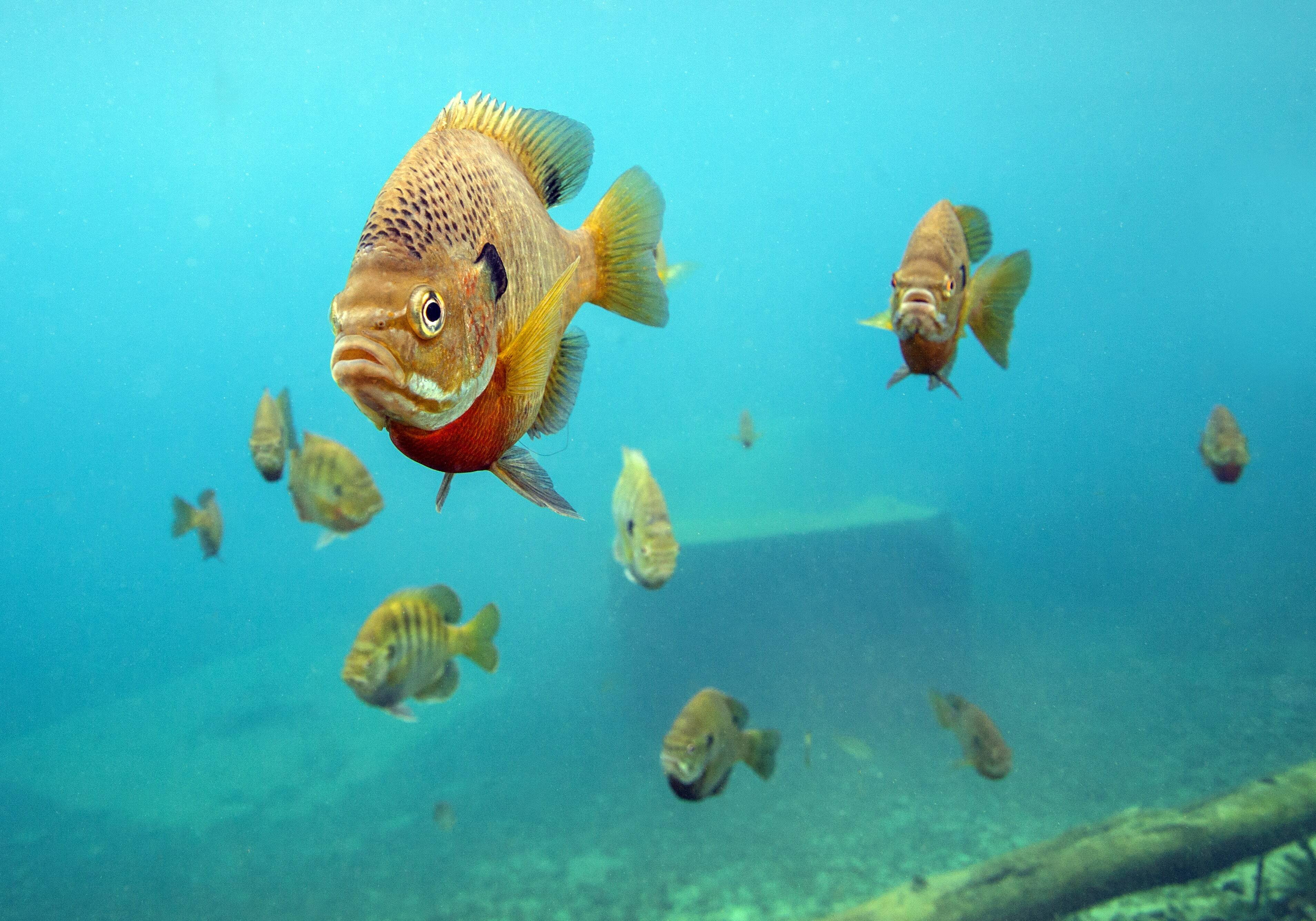Dredging vs. Dredging Alternatives: Cost-Saving Strategies for Wisconsin Lakes and Ponds

Stormwater ponds and lakes are critical infrastructure for Wisconsin communities, HOAs, and municipalities. These waterbodies manage stormwater runoff, reduce flooding, and filter pollutants, protecting both property values and the environment. Over time, sediment, organic matter, and nutrients accumulate naturally, reducing pond depth, fueling algae growth, and limiting stormwater storage. Left unaddressed, these issues can become costly and disruptive.
When addressing sediment and nutrient buildup, communities generally consider two approaches: full-scale dredging or dredging alternatives. Understanding the costs, benefits, and potential disruption of each is essential for protecting your community’s investment.
Dredging: Effective but Costly
Dredging is the most direct way to restore pond function. It removes accumulated sediment, muck, and nutrients, immediately improving water depth, storage capacity, and water quality.
However, dredging comes with significant challenges:
- High Costs – Large-scale projects can reach tens or hundreds of thousands of dollars, often requiring multi-year budgets or special assessments.
- Disruption – Heavy equipment, construction activity, and material removal can disturb the pond ecosystem and temporarily limit pond access.
- Material Disposal – Nutrient-rich sediment often requires careful hauling or containment, further increasing costs.
Dredging can restore a pond to near-original conditions, but it is a major investment, not routine maintenance.
Dredging Alternatives: Preventive Management
Fortunately, there are alternatives that can reduce sediment buildup, improve water quality, and delay costly dredging. These include:
- Aeration Systems – Circulate water, increase oxygen, and reduce nutrient release from sediments.
- Biological Treatments – Beneficial bacteria and enzymes naturally break down organic muck.
- Phosphorus Binders – Reduce nutrient availability to limit algae growth and sediment accumulation.
- Sediment & Depth Surveys – Identify problem areas early for targeted interventions.
- Targeted Hydraulic Dredging – Focused removal of sediment in critical zones restores functionality with less cost and disruption than full-scale dredging.
.png?width=1200&length=1200&name=Screenshot%202025-01-22%20at%201.33.41%20PM%20(1).png)



Our biologists use targeted approaches to efficiently address areas with excessive muck buildup.





Guided by science, driven by care. Our biologists ensure your dredging project is done right.
While these alternatives do not replace dredging entirely, they maximize its effectiveness and extend the pond’s lifespan.
A Balanced, Cost-Effective Strategy
The most efficient approach combines dredging and preventive alternatives:
- Use dredging only when necessary to restore pond depth and storage capacity.
- Apply dredging alternatives immediately afterward to maintain water quality and slow future sediment accumulation.
- Monitor ponds regularly to catch sediment or algae problems early and avoid emergency projects.
This strategy reduces long-term expenses, maintains pond compliance with stormwater regulations, and preserves aesthetic and environmental value.
Partnering with Experts
Wisconsin Lake & Pond Resource offers comprehensive pond management, including dredging, aeration, biological treatments, sediment surveys, and targeted hydraulic dredging. Our team helps Wisconsin communities balance restoration and preventive management for long-term results.
Takeaway
Dredging may sometimes be necessary, but combining it with proactive alternatives protects budgets, improves water quality, and extends pond function.
If your pond shows sediment buildup, algae, or declining performance, Wisconsin Lake & Pond Resource can create a customized plan: dredging, alternatives, or a combination tailored to your community’s needs.
About Wisconsin Lake & Pond Resource, A Jones Lake Management Partner
Wisconsin Lake & Pond Resource specializes in comprehensive lake and pond management solutions, including algae and aquatic weed control, aeration, hydraulic dredging, erosion control, and fisheries management. As a Jones Lake Management Partner, we serve a diverse range of clients, including HOAs, golf courses, municipalities, and private lake owners. With a commitment to science-driven strategies and environmental sustainability, Wisconsin Lake & Pond Resource helps maintain and restore aquatic ecosystems for long-term health and enjoyment.
Topics
- Aeration (3)
- Algae (2)
- Aquatic Weeds & Algae Control (13)
- Bathymetry Mapping (2)
- Company News & Updates (33)
- Erosion Control & Sediment Reduction (4)
- Fish Management (1)
- fish stocking (6)
- Fisheries Management (21)
- Fishery (2)
- Fountains & Aeration (16)
- Hydraulic Dredging (6)
- Invasive Species Management (7)
- Lake & Pond Management (47)
- Lake Management (1)
- Native Wetland Plantings (1)
- Nutrient Management (9)
- Pond Management (1)
- Seasonal Pond Management (15)
- Sediment Sampling (1)
- Stormwater & Runoff Management (5)
- Sustainability & Eco-Friendly Solutions (4)
- Water Quality (3)
- Water Quality Monitoring (2)
- Winter Care (1)
